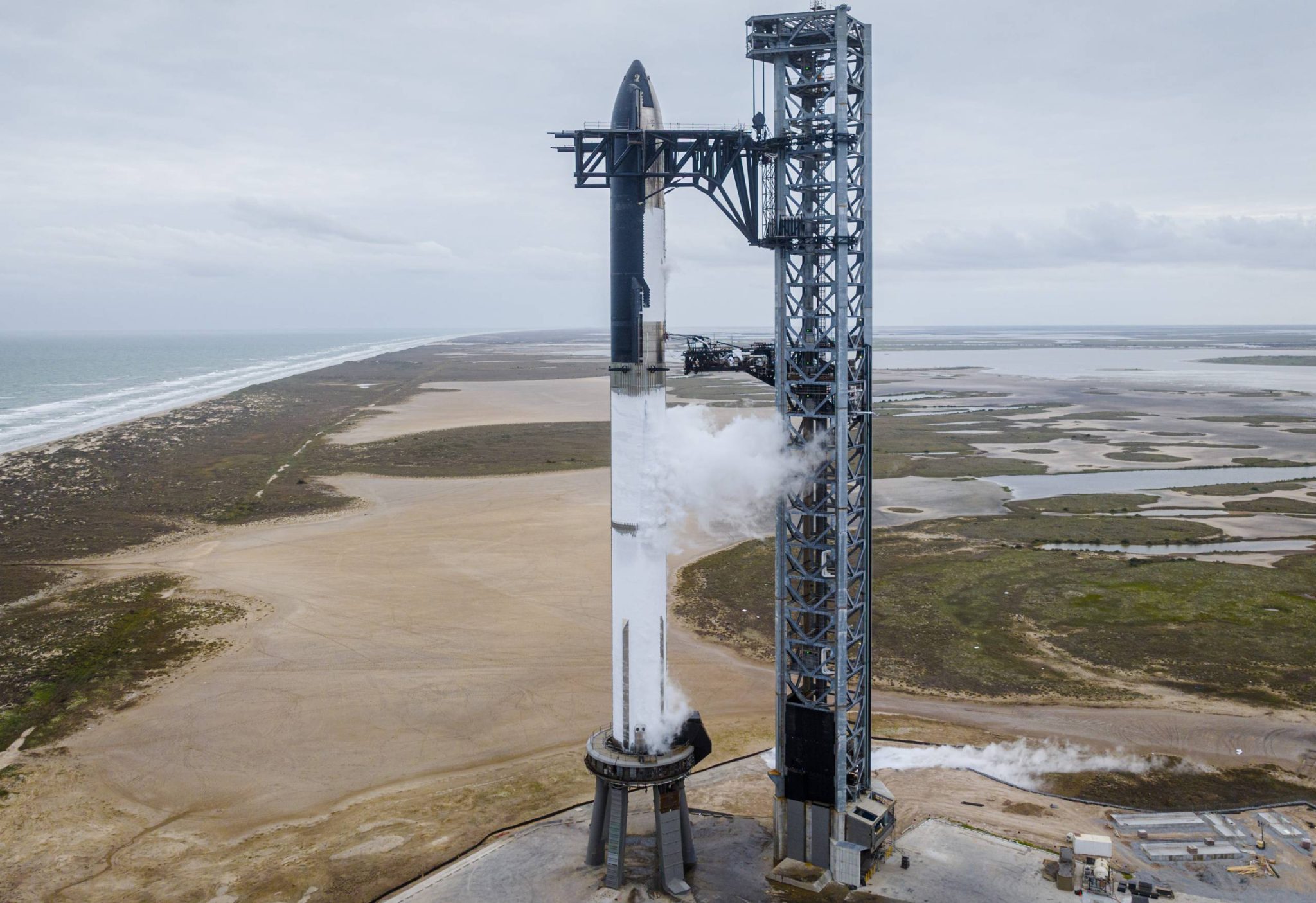SpaceX has successfully launched its first batch of next-generation Starlink V2 satellites, likely kicking off a new era of affordability for the constellation.
Simultaneously, demonstrating just how far SpaceX is ahead of its competitors and the rest of the spacefaring world, the Starlink 6-1 launch culminated in the 100th consecutively successful landing of a Falcon rocket booster. As a result, SpaceX’s landing reliability now rivals the launch reliability of some of the most reliable rockets ever flown. That extraordinary feat bodes well for SpaceX’s next-generation Starship rocket, which is designed to propulsively land humans on the Earth, Moon, Mars, and beyond.
Falcon 9 launches 21 second-generation Starlink satellites to orbit pic.twitter.com/dpBSeBVWtk
— SpaceX (@SpaceX) February 28, 2023
SpaceX’s landing reliability milestone is made all the more impressive by the lack of immediate competition. More than seven years after SpaceX’s first successful Falcon 9 booster landing and six years after the company’s first successful Falcon booster reuse, Falcon 9 and Falcon Heavy are still the only reusable orbital-class rockets in operation.
Blue Origin has had some success reusing the first stage of its suborbital New Shepard rocket. Rocket Lab has also recovered small Electron rocket boosters from the ocean, but it’s yet to catch a booster with a helicopter – a necessity for cost-effective reuse. Many other companies have announced or begun developing their own partially or fully-reusable rockets. But even in a best-case scenario, the most promising of those potentially competitive rockets are still a year or two from their first launch attempts, let alone their first successful recoveries and reuses.
SpaceX debuted the Falcon 9 rocket behind most of its successful booster recoveries and reuses in June 2010. SpaceX recovered a Falcon 9 booster for the first time in December 2015 and reused a (different) booster for the first time in March 2017. It completed nearly all of that risky development work during launches for paying customers.
Even after the first success, many unsuccessful landing attempts followed as SpaceX pushed the performance envelope and discovered new failure modes. Falcon’s most recent landing failure occurred during a Starlink launch in February 2021 and was caused by a hole in a flexible ‘skirt’ meant to keep Earth’s superheated atmosphere out of the flight-proven booster’s engine section.
However, every landing since Falcon 9’s Starlink-19 landing failure has been successful. On February 27th, 2023, almost exactly two years after that failure, Falcon 9 booster B1076 touched down on one of SpaceX’s three drone ships, marking the rocket family’s 100th consecutively successful landing. Starlink 6-1 was also the Falcon family’s 183rd consecutively successful launch, as a Falcon landing failure has never prevented the completion of a mission’s primary objective.
SpaceX has now landed successfully as many Falcon 9 boosters in a row as Delta II rockets launched successfully in a row. If my math is right, Delta II holds the second longest streak of successful launches for a US rocket, the first on the list currently being Falcon 9. https://t.co/KnUWicT2AU
— Alejandro Alcantarilla Romera (Alex) (@Alexphysics13) February 27, 2023
Launch-wise, Falcon 9 and the Falcon family have already become the most statistically reliable rockets in history. Very few rockets in history have managed 100 consecutively successful launches, let alone landings. For example, according to spaceflight reporter Alejandro Romera, the next most reliable American rocket – the McDonnell Douglas Delta II – narrowly achieved 100 consecutively successful launches before its retirement in 2018. The landing reliability of SpaceX’s Falcon rockets is thus tied with the launch reliability of the most reliable American rocket not built by SpaceX.
Additionally, SpaceX Falcon booster landings are now statistically more reliable than the launches of United Launch Alliance’s much-touted Atlas V rocket, which has (more or less) successfully launched 97 times.

Falcon’s landing reliability is an encouraging sign for SpaceX’s next-generation Starship rocket. For Starship to fully achieve SpaceX’s goals, it will eventually need to be able to propulsively land humans on Earth and at other destinations throughout the solar system. SpaceX currently has no plans no plans to develop an independent crew escape system for Starship, meaning that the rocket itself will instead have to demonstrate extraordinary overall reliability. SpaceX executives have stated that Starship will only be deemed safe enough to launch humans once it has completed “hundreds” of successful launches and, presumably, landings.
Falcon has managed 100 successful landings in a row despite large gaps in redundancy. Most landing burns are conducted with a single Merlin 1D engine. Any issue with that engine would likely result in a failed landing. Falcon boosters also have four landing legs and four grid fins powered by a single hydraulic pump. The failure of that pump or one of four legs have demonstrably doomed earlier landings.
Starship’s much larger size and excess performance could provide a larger margin for error and allow for more redundancy. But Falcon has demonstrated that that even a rocket with multiple glaring single-points-of-failure can achieve 100 consecutively successful landings.
The post SpaceX Falcon rocket aces 100th consecutive rocket landing appeared first on TESLARATI.

